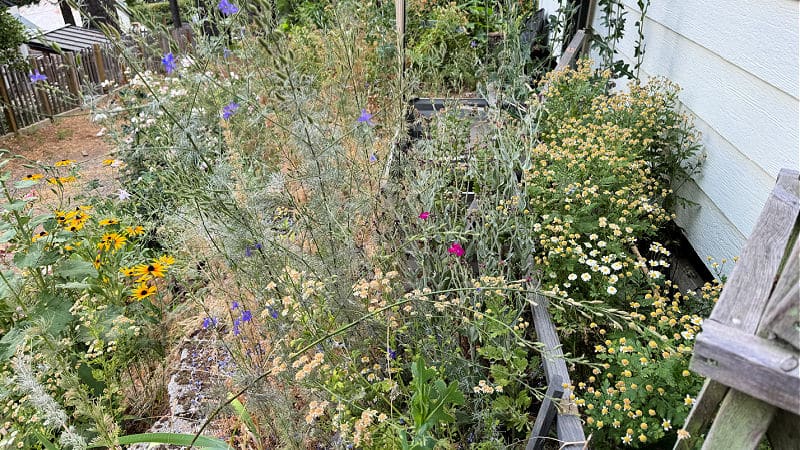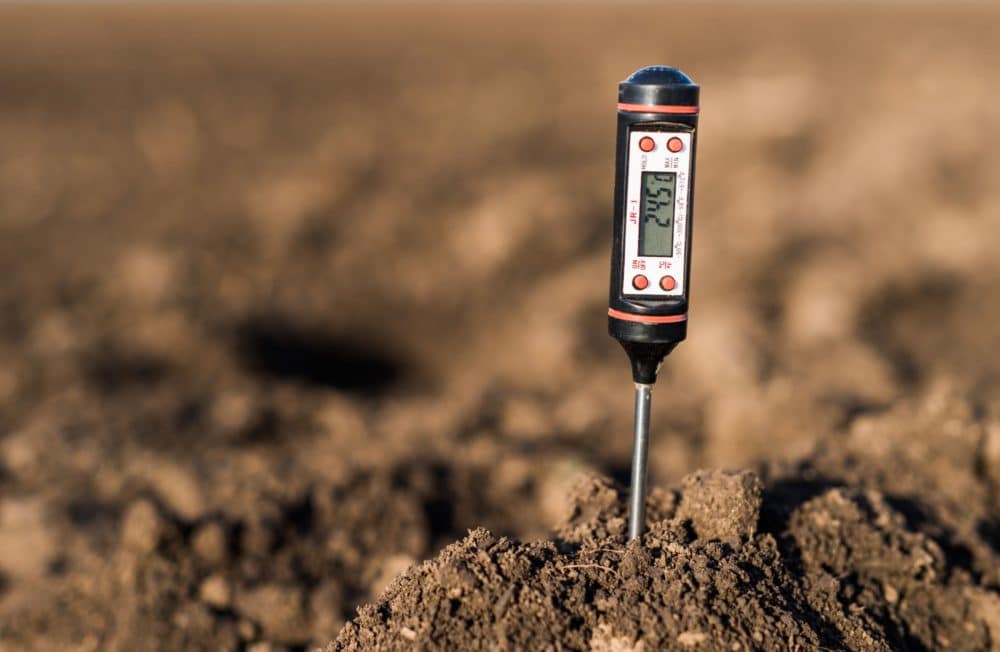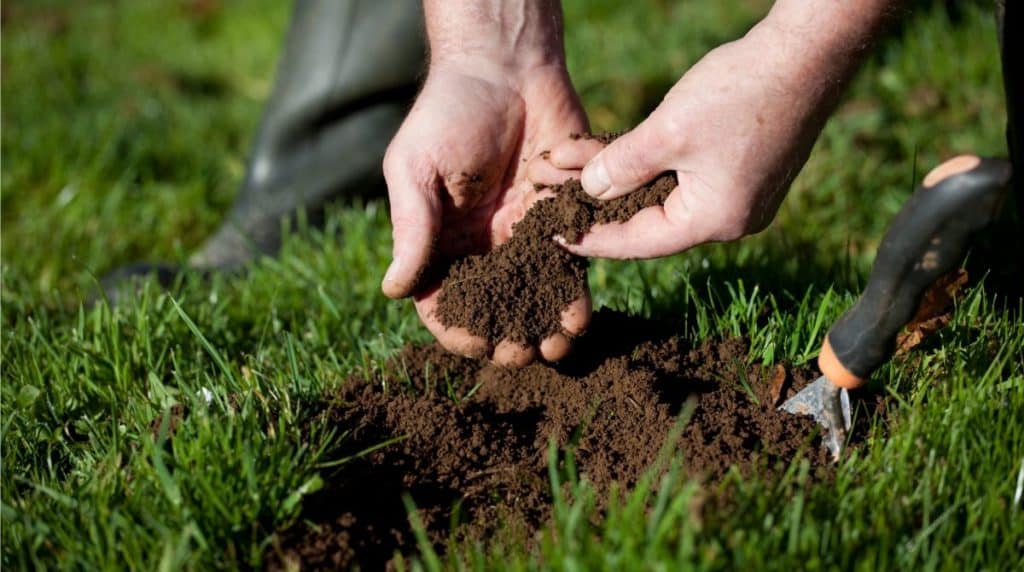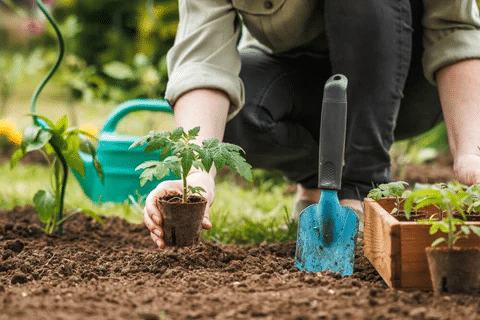If you have a neglected outdoor garden, reviving it to its former glory could seem like a daunting project. However, it can be rewarding to get a fresh start on gardening and utilize your own produce, especially given the price of groceries.
Transforming your neglected garden involves some time and hard work. However, if you have the effort and take on a strategic approach with the following tips and tricks, you can restore your garden to its once beautiful and flourishing state.
Here are some valuable and practical ways to revive and transform that neglected garden into a thriving place once again.
1. Awareness and Planning
The first step to organization is going to be looking over the current state of your garden. There may be plants still alive, areas that are overgrown and need the most attention, or damage to the structures surrounding the garden.
It can be most helpful to write down and create a list of tasks that need to be completed one by one. That way, you can provide yourself with a clear overall picture and then prioritize and tackle each needed project just one or two at a time so you don’t feel too overwhelmed by it all.
For example, do you need to rebuild or create a solid structure around your garden? Write down considerations, such as investing in durable outdoor travertine bricks that can withstand the weather and keep your garden intact throughout the seasons.
Reimagine and plan the structure and layout of your garden, sketching what you want it to look like so you can create it. Decide where to plant vegetables, fruits, flowers, and shrubs. Remember to consider important factors like water availability, sunlight, and soil conditions when creating your new garden zones.
Consider incorporating different decorative elements into your new garden. If you have an outdoor patio, consider installing raised beds, bird feeders or baths, and even a fountain that can help with consistent moisture. All of these help contribute to your beautiful garden oasis. Stepping stones, walkways, and gravel paths in a vast outdoor space help create accessibility.
2. Clear The Overgrowth and Clutter

A good tip to start with is to clear out everything that’s garbage, like dead plants, weeds, and any debris or broken structures and areas of the garden. By eliminating everything that isn’t needed, you can give yourself more straightforward access to living plants and reveal a clean slate of the potential of your garden for improvements, making it easier to work with moving forward.
It’s important to note here that you should work with gloves and other necessary garden tools to remove unnecessary plants, weeds, or debris safely. There may be thorns on some of the plants that can harm you if you’re not careful. Also, set aside any organic materials you can use for compost or soil.
3. Trim Back and Prune
Your next practical tip to tackle when reviving your garden is to give attention to the plants that are still there and give them the opportunity to thrive. Trim back and prune them to remove any dead or damaged areas to promote healthy growth.
Instill general pruning techniques and proper tools when heading back plants. If you’re unsure how to prune or trim, you can consult a friend who knows gardening, read articles from gardening experts, or look up online videos that can walk you through the process to ensure you’re making proper cuts and trims.
4. Test Your Soil

Having healthy soil will ensure that your restored garden thrives, and many neglected gardens suffer due to compacted or small amounts of soil, so you need to focus on soil quality. You can add compost or manure to replenish nutrients and test your soil’s pH level using at-home tests.
Testing your soil helps determine if elements like lime or sulfur are necessary to help balance the pH levels. Then, you can add the components required to improve the soil’s ability to help your plants grow and improve.
5. Time to Plant
Now’s the time for your fresh start; you can introduce low-maintenance plants that can grow quickly in your garden’s current conditions. Look for native plants to your location, perennials, and varieties that are drought-resistant, as these are excellent options for rebuilding your neglected garden.
Introducing new plants will bring life back to your garden. Choose various types and look for a mix of colors and heights in the low-maintenance plants for aesthetics and beauty.
6. Water and Mulch
Establish a routine for watering so your new and existing plans receive adequate moisture. Mulching around plants and garden beds also helps to retain that moisture, as well as limit weed growth, and provide for the overall aesthetic of your new garden.
7. Proper Care and Maintenance

Now that you have restored your neglected garden, you must keep up with care and maintenance. Organize time every week for gardening tasks like watering, fertilizing, weeding, and looking over your plants for pests or diseases.
With pollinator-friendly flowers, you can invite wildlife like birds, butterflies, and insects into your garden. Just ensure that the wildlife that comes in doesn’t harm your plants but helps to maintain your healthy, growing garden.
Revive and Recreate Your Outdoor Garden
Rejuvenating a neglected garden can breathe more life into your outdoor space. With these tips and tricks, it can be achievable by taking gradual and consistent steps.
You can quickly transform the area into a flourishing place with a peaceful, beautiful location and food opportunities. Take time to trust the process with patience and dedication; the effort will be rewarding!

